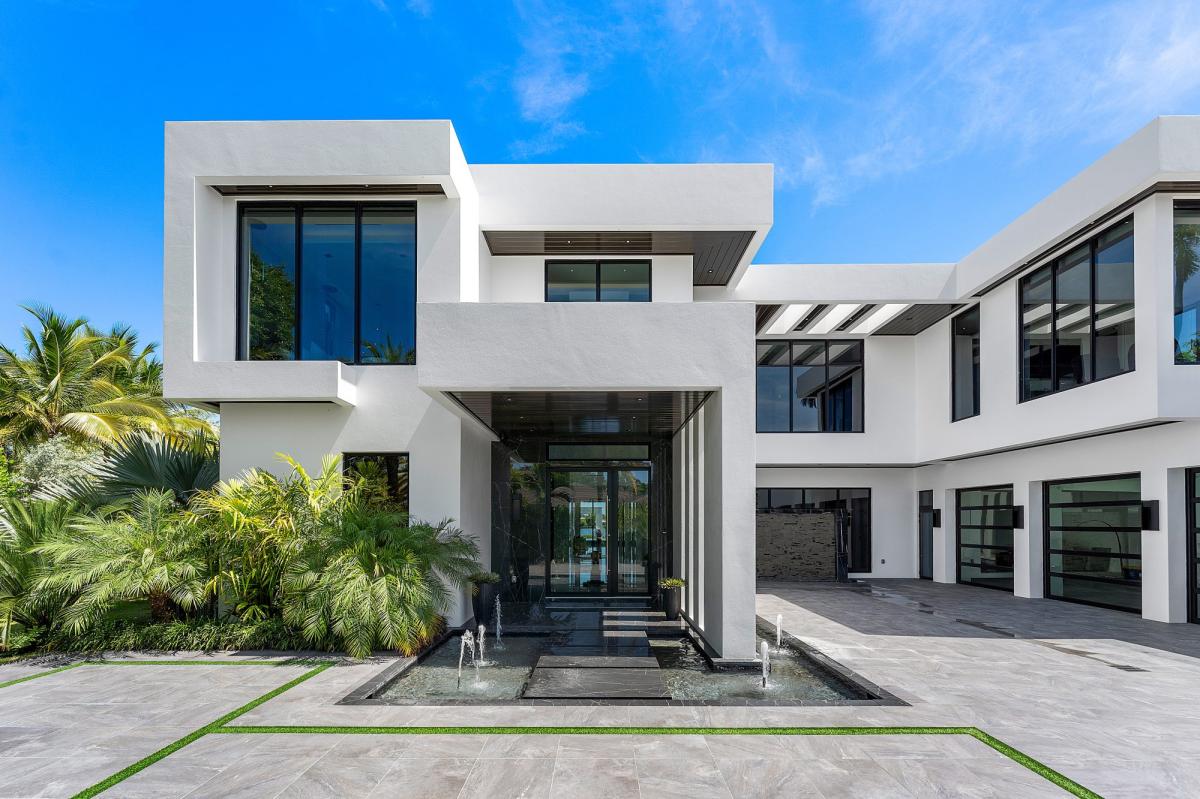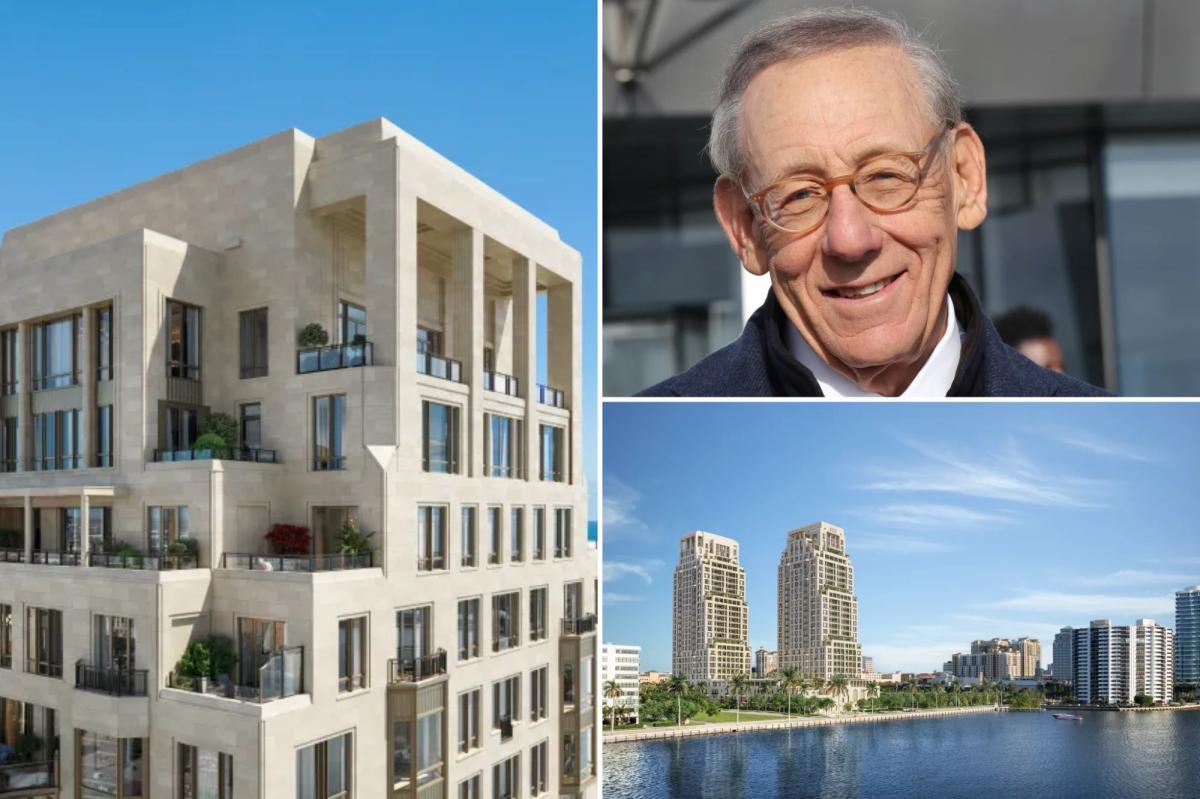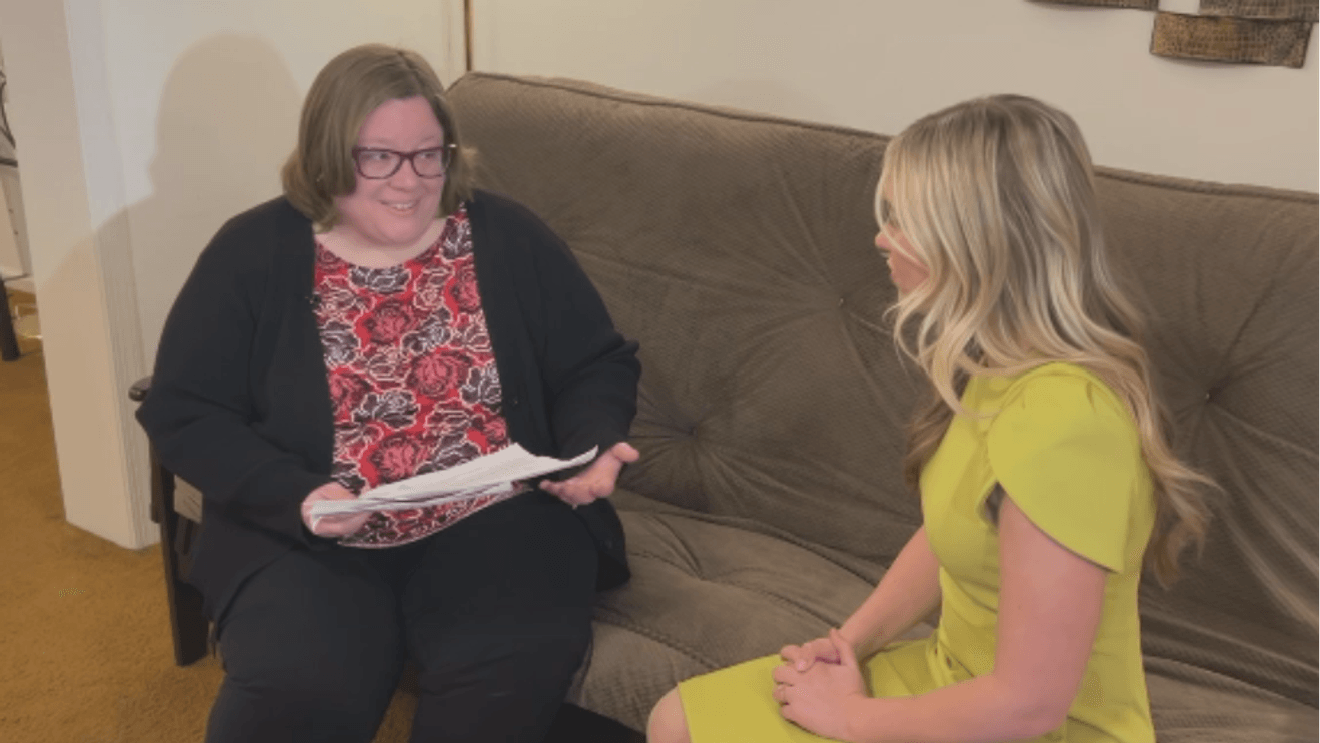X
ania Monet has just topped Billboard’s R&B chart, racking up over 44 million streams, 146 k Instagram followers and a multimillion‑dollar deal—all without ever stepping into a studio. The singer is a virtual creation; her voice is generated by Suno, an AI platform that turns a few typed prompts into a full‑blown track.
The rise of AI artists has sparked backlash. Traditional singers and labels claim that AI acts like Xania build success on copyrighted material used to train the models, without crediting the original creators. Suno faced a lawsuit from major record labels and the RIAA over this issue, which was later settled out of court. Despite the legal cloud, labels continue to sign AI acts because the music sounds authentic enough that listeners cannot tell the difference. Xania’s manager likens the situation to posthumous releases of Michael Jackson or Prince, while lyricist Telisha “Nikki” Jones writes all the words herself, using AI only for the vocals.
The industry’s pivot to AI is raising concerns for human musicians. AI can churn out endless content at lightning speed, and streaming services and labels are pouring millions into these projects, potentially crowding out human talent. The Suno settlement also led Universal Music Group to partner with AI music firms like Udio, signaling that the industry, once wary of AI, is now embracing it.
---
**Earthquake‑Resistant Buildings: A Future for Indian Real Estate?**
Climate change is reshaping risk profiles in cities that were once considered low‑risk for seismic activity. Delhi NCR, for example, sits in Seismic Zone IV—second highest in India—yet it is not on a major fault line. Proximity to the Himalayas means it occasionally feels tremors.
While climate change does not trigger earthquakes, it alters stress on the Earth’s crust. Melting glaciers remove long‑standing weight, allowing the crust to rebound and potentially trigger quakes. Heavy monsoons can seep water into faults, increasing pressure and making slips more likely. In Mumbai, located in Seismic Zone III, intense rainfall and nearby faults like Thane Creek and Uran raise the risk.
Land subsidence is another threat: excessive groundwater extraction compresses aquifers, causing the surface to sink. This is a slow but significant problem in many urban areas.
Japan offers a compelling model. After the 1923 Great Kanto Earthquake, the country instituted strict building codes in 1924, continually updating them. Today, collapse rates have fallen from 76 % in 1971 to about 3 %. The lesson is clear: investing in earthquake‑resistant construction pays off, especially when disasters cost India nearly $80 billion over the past two decades.
However, retrofitting old buildings in densely populated cities is difficult, and higher safety standards increase costs. Mumbai’s property prices—₹26,900 per sq ft—are already 14 times the average household income, and Delhi’s homes cost over 10 times the annual income. Adding advanced materials and stricter codes could make safety a luxury.
Thus, while earthquake‑resistant buildings should become the norm, affordability and enforceable standards must be addressed. The irony is that our own actions are making the ground beneath us more unstable, yet we struggle to afford the safety needed to withstand it.
---
**Reader Spotlight**
Sakshi Sonawane recommends *The Tipping Point* by Malcolm Gladwell, which explores how small ideas can spark massive social change.
That’s all for this week. We’ll return next Sunday with more insights. Until then, share your book, music, business, movie, documentary, or podcast recommendations—just reply to this email or message us at [email protected].
Share this edition on WhatsApp, LinkedIn, and X.













